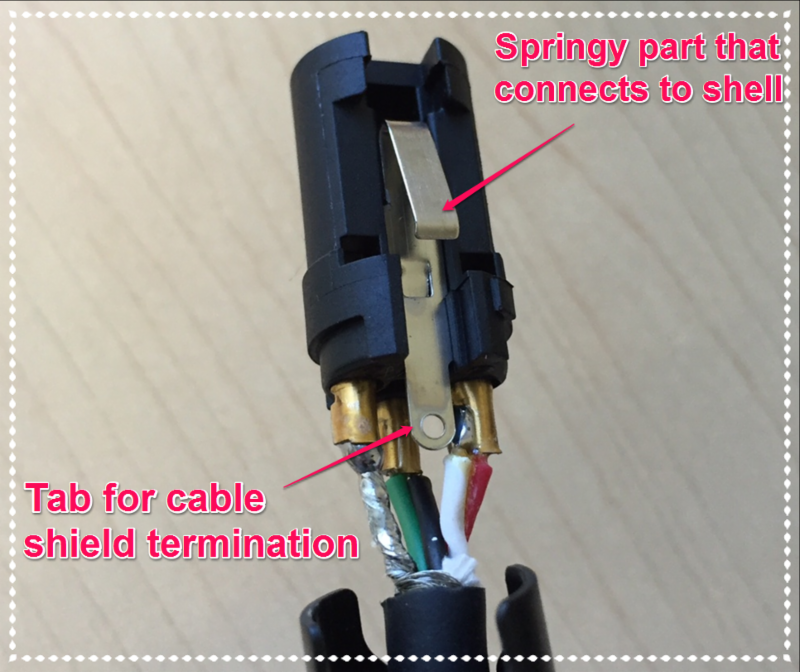
XLR Cable and Chassis Connector Grounding
"Neutrik is often asked whether the shiny silver tab on typical XLR cable connectors should be connected to anything."
"In the course of the evolution of the AV industry, it has come to be that this tab is practically never terminated. This means, in turn, that the shell is not grounded. When in doubt, simply leave this tab unterminated."
"Whether or not they are internally wired to the shield signal, XLR cable connector shells always make an electrical connection to chassis connector shells once the two are mated."
"Typically, chassis connectors need to be grounded. The industry best practice is generally to tie all of the chassis connector shells, pin 1 (cable shields), and the enclosure shield to a common ground."
Excerpts from:
Neutrik USA Today - Grounding XLR connectors - Volume 6, Issue 2, June 2016
Read the entire Neutrik application note →
Additional Reading: AES48 - "AES standard on interconnections - Grounding and EMC practices - Shields of connectors in audio equipment containing active circuitry."
Note: Benchmark uses Neutrik cable and chassis connectors because of their superior performance and durability.
In accordance with these best practices outlined above, Benchmark bonds pin 1 of XLR chassis connectors directly to chassis ground. Benchmark leaves the cable tab unterminated on all analog XLR cables, but terminates this tab on AES digital XLR cables.
Benchmark recommends leaving the cable tab unconnected on all analog XLR cables.
Benchmark terminates the cable tab on AES digital XLR cables to minimize radio-frequency emissions when two or more digital XLR cables are connected end-to-end. Digital cables that do not have the tab terminated should not be daisy chained.
Benchmark recommends tying the cable tab to the shield on all AES digital XLR cables.


